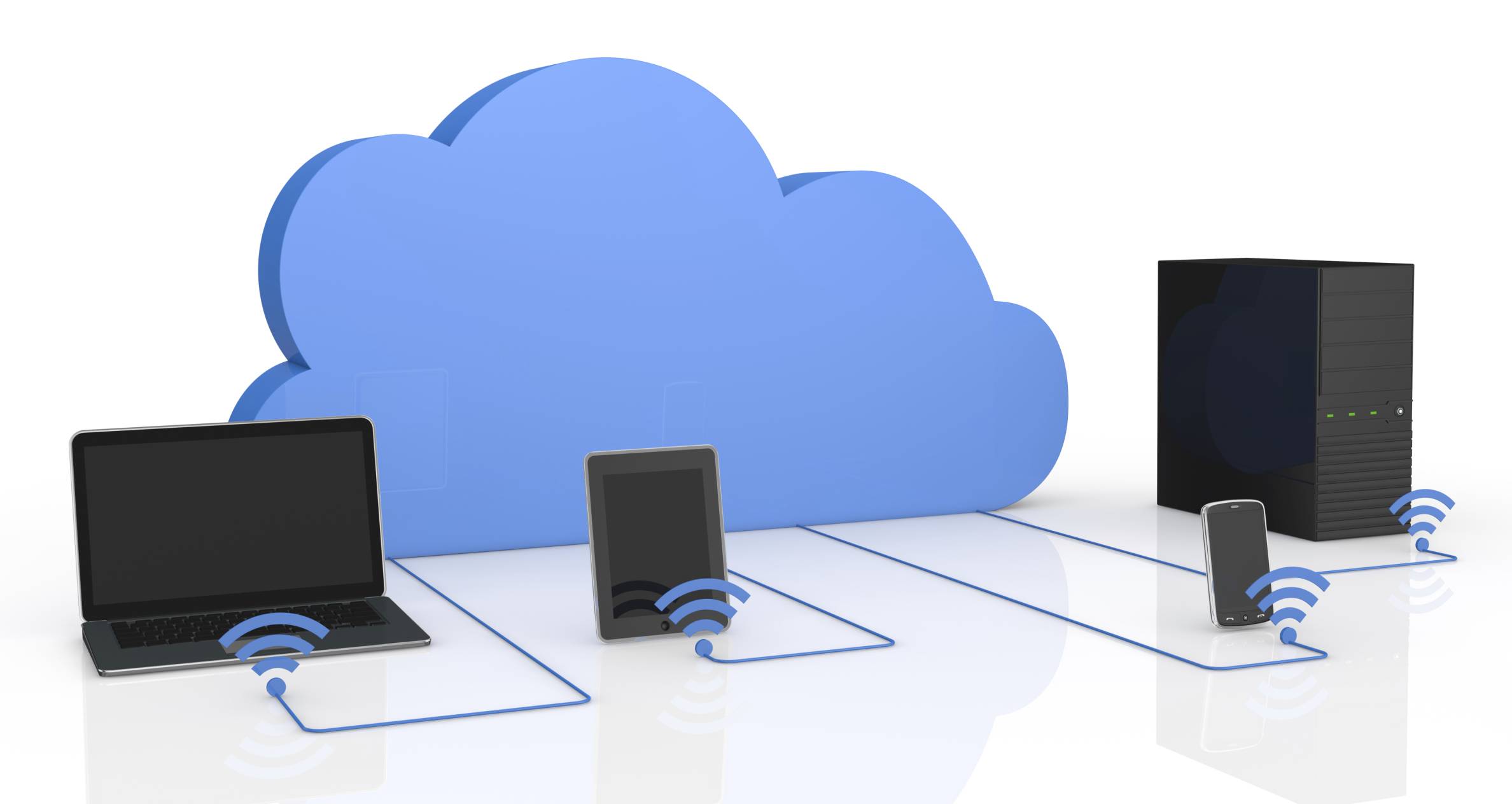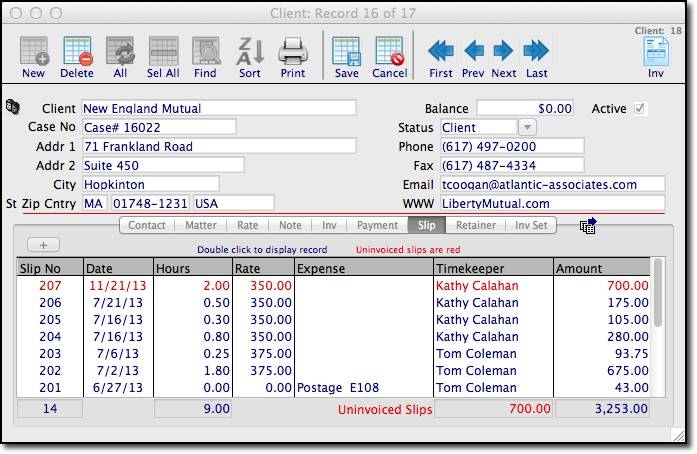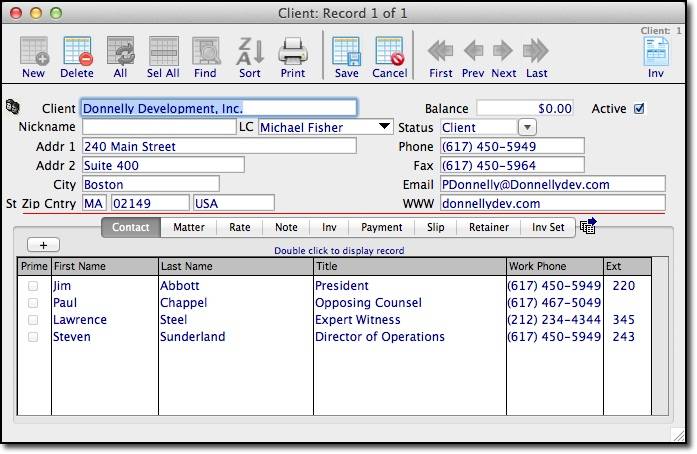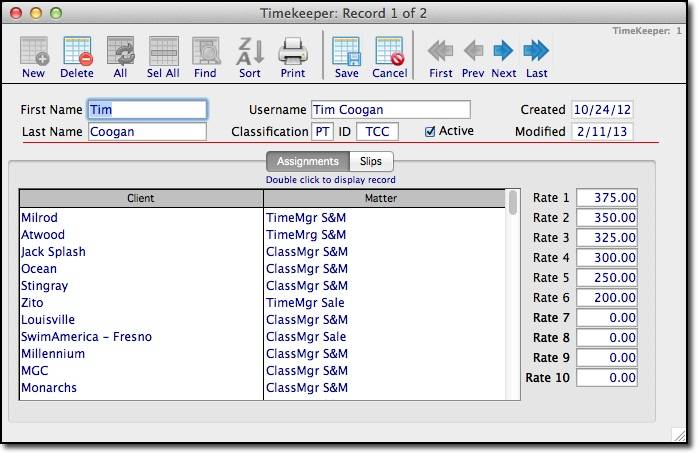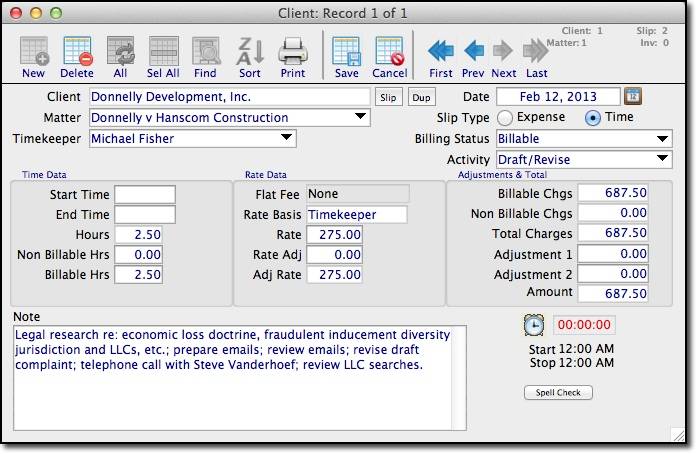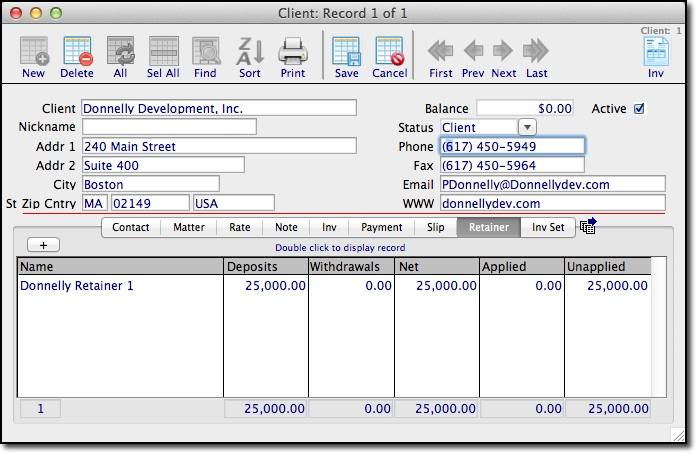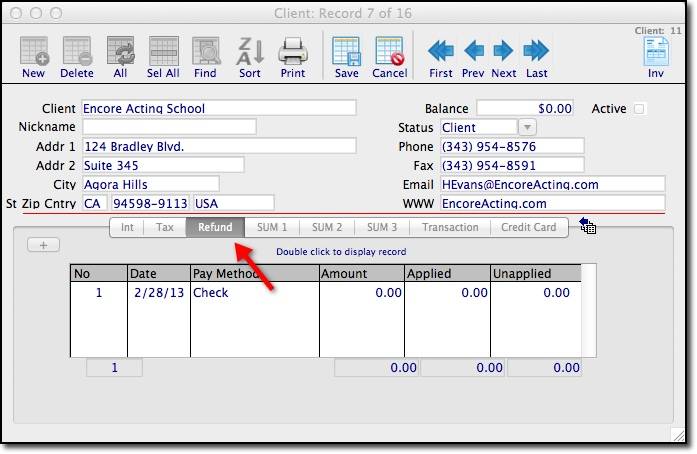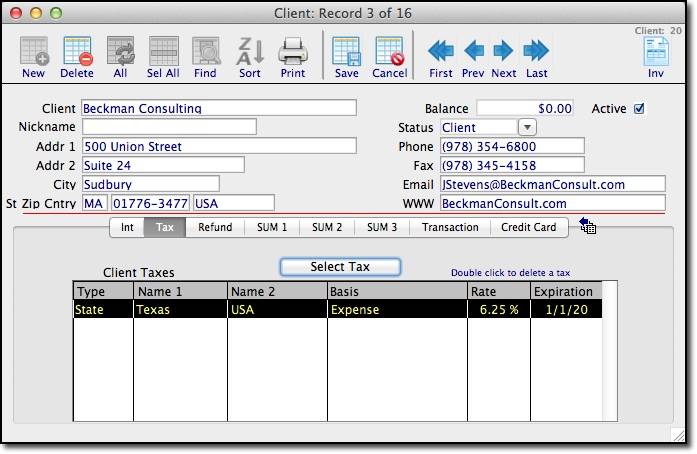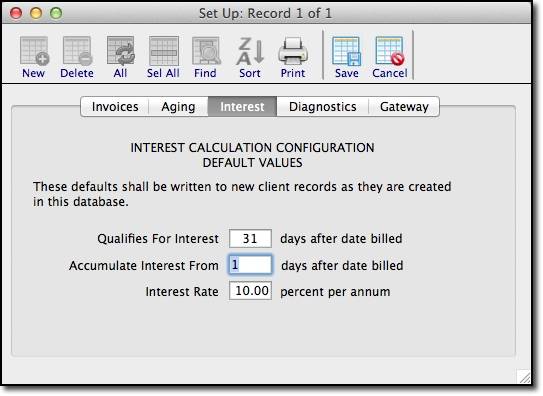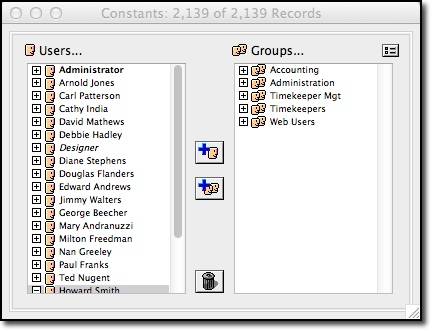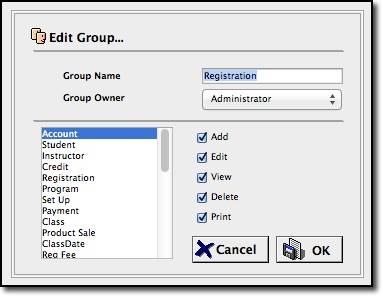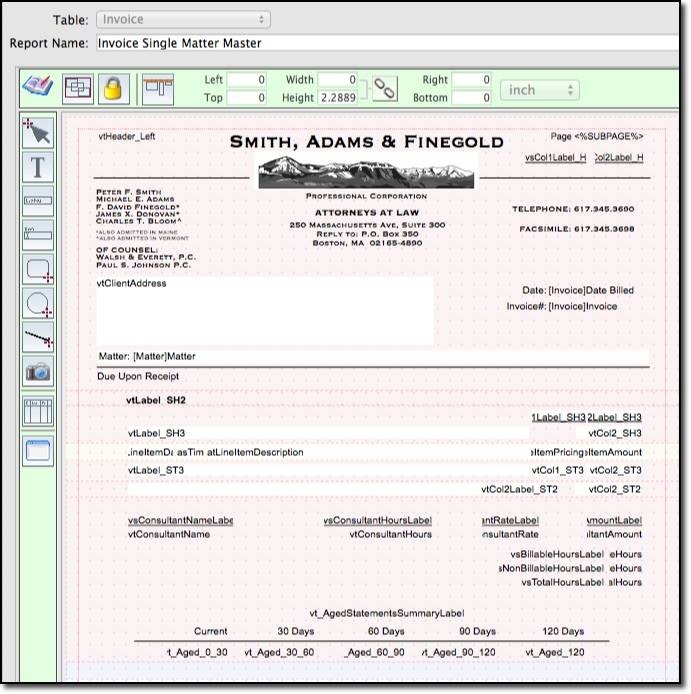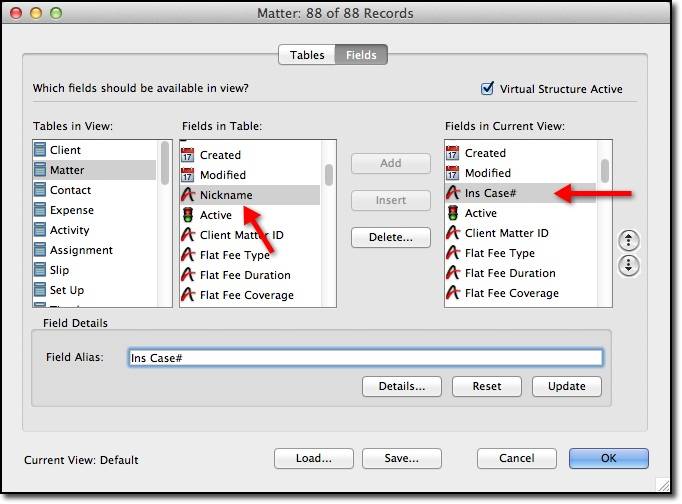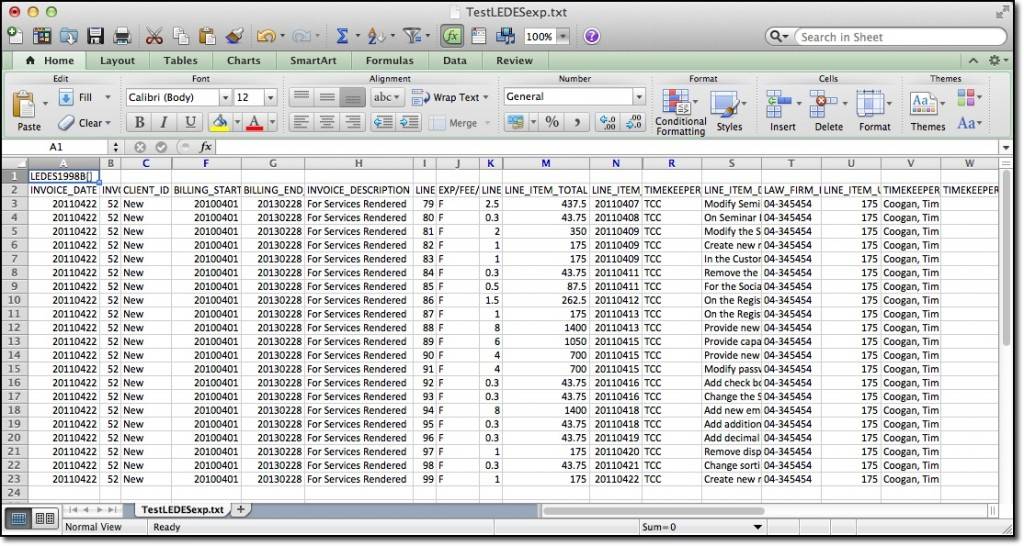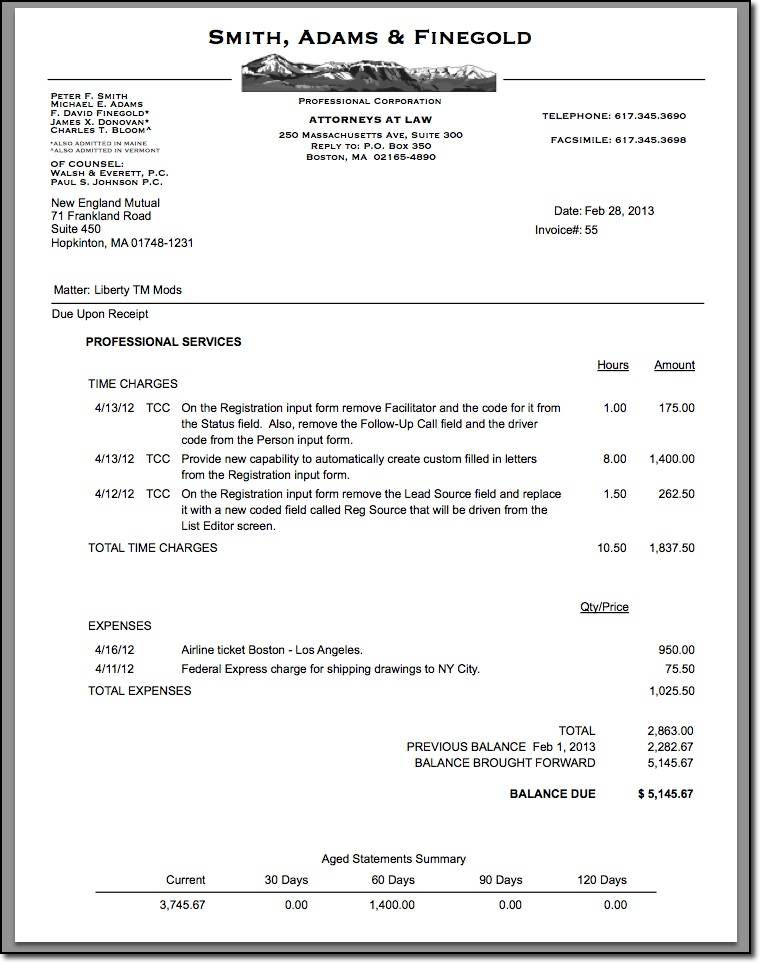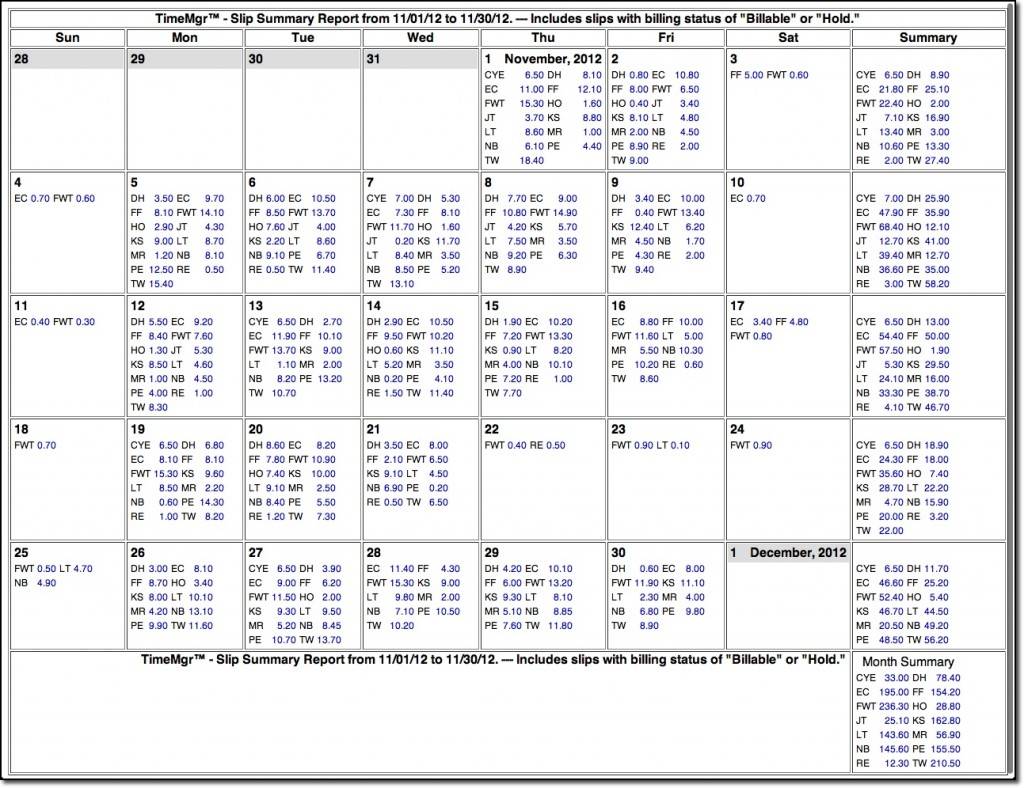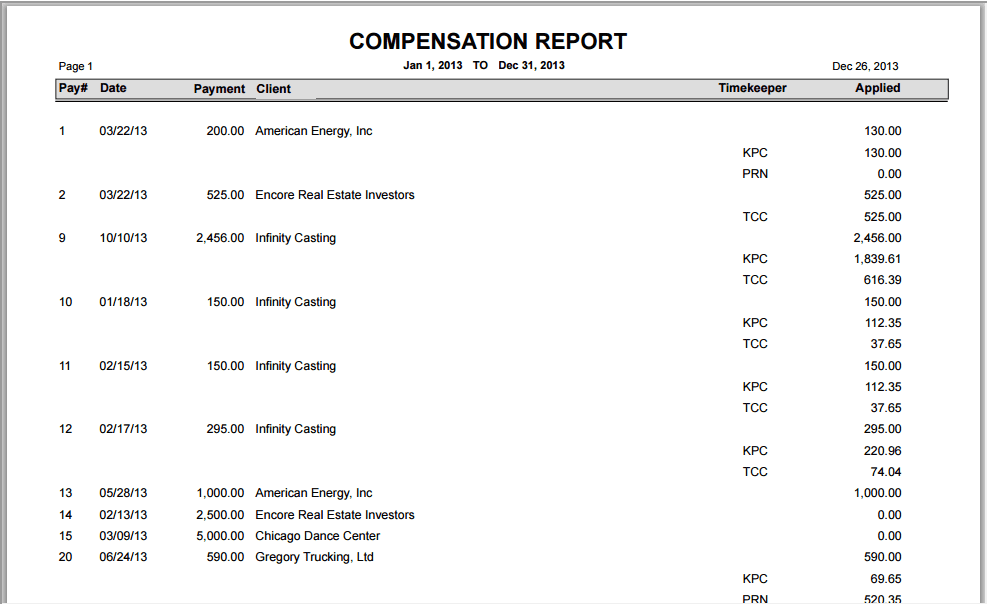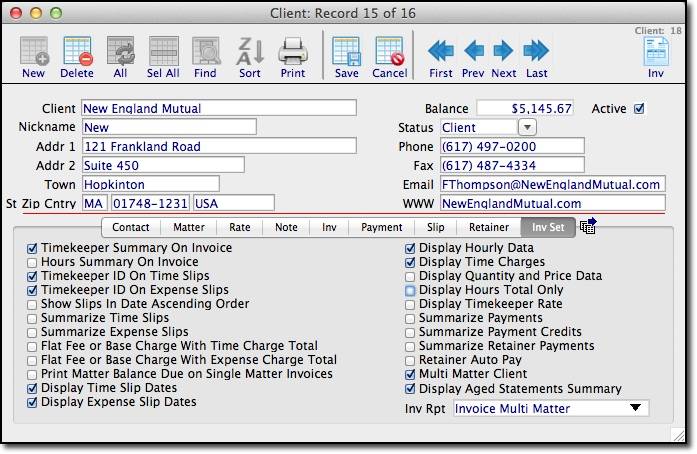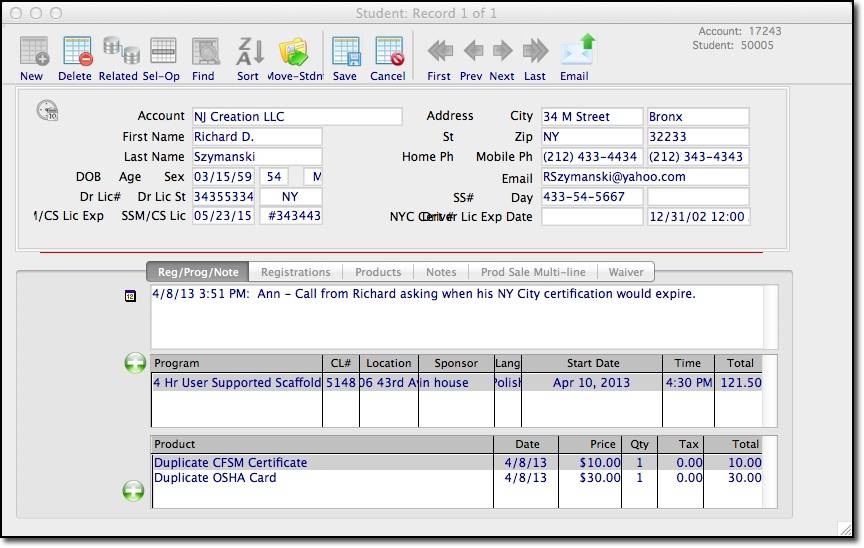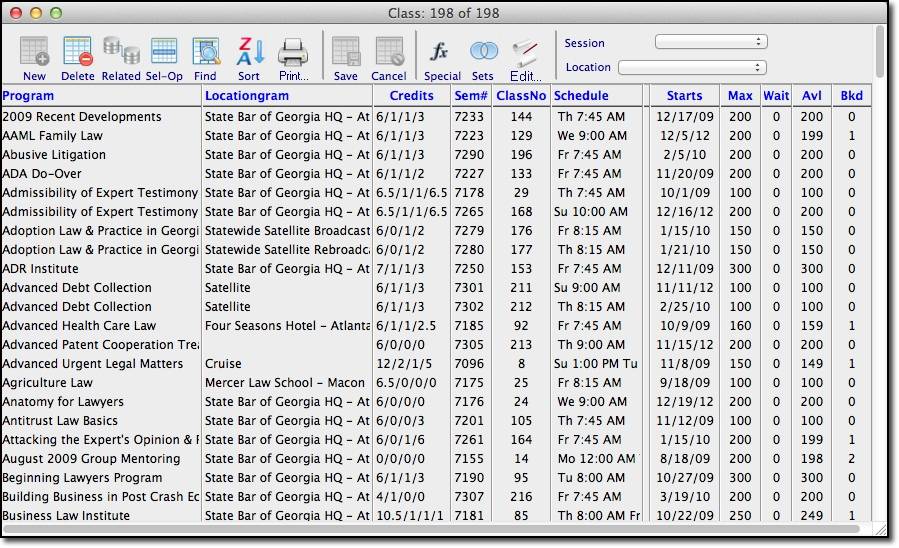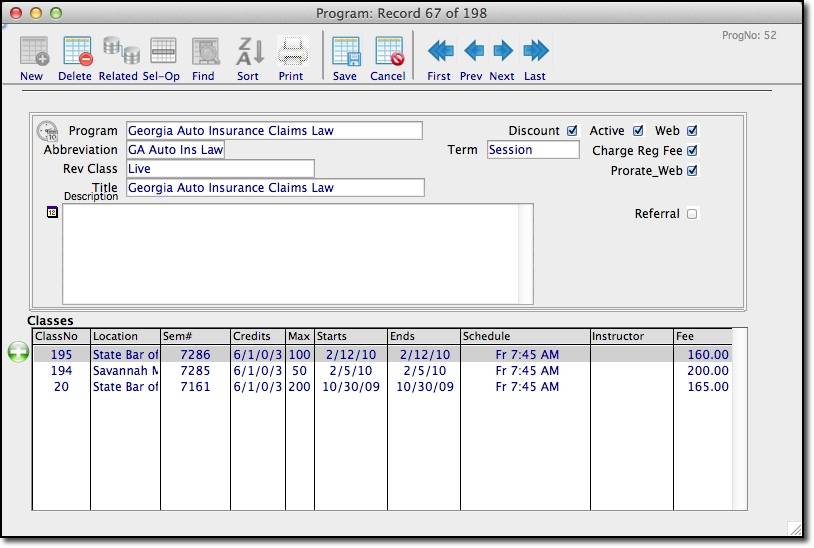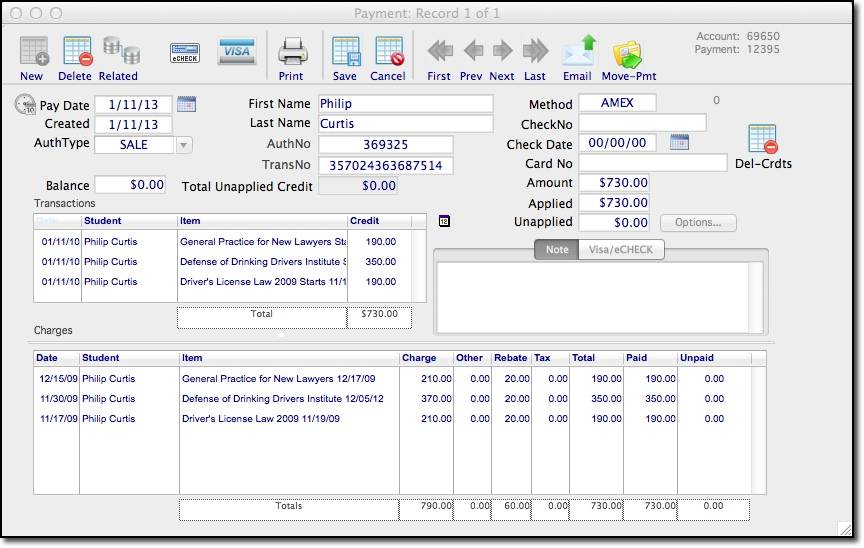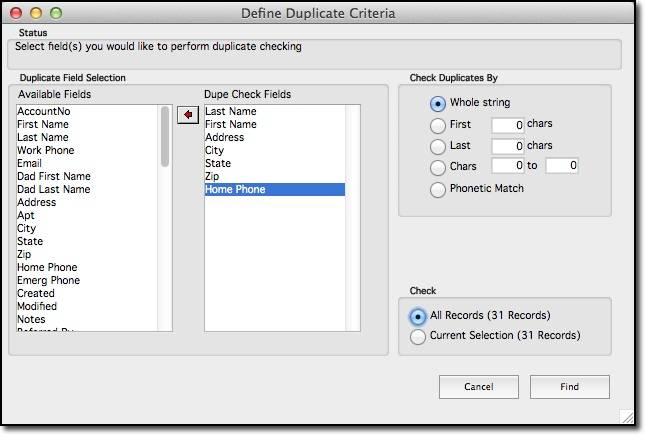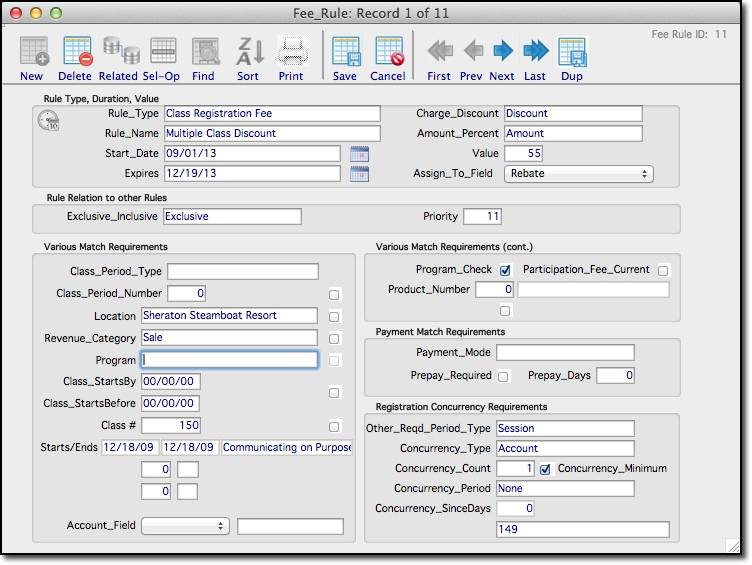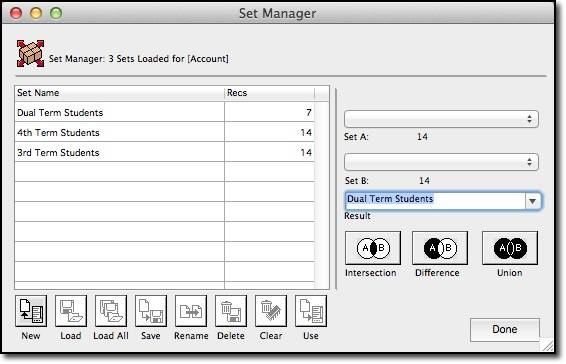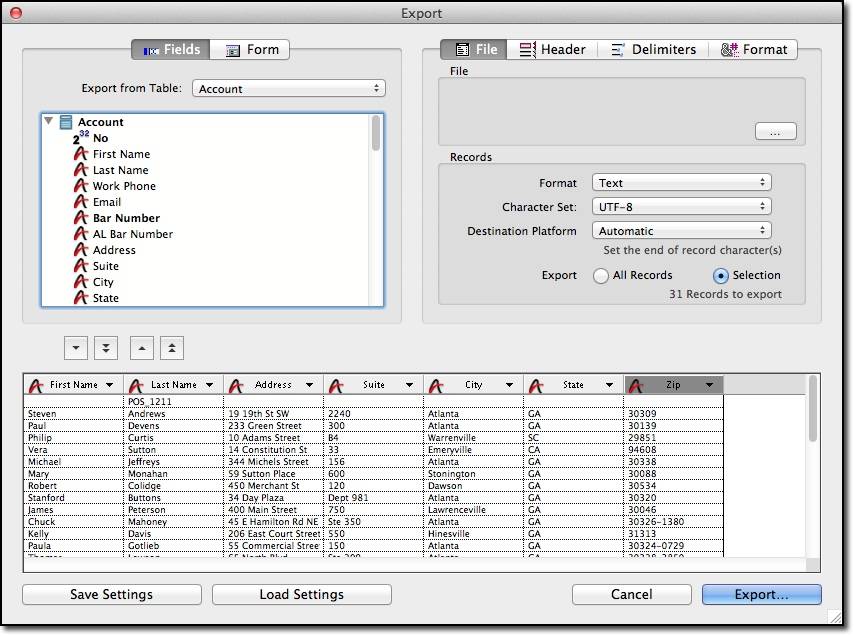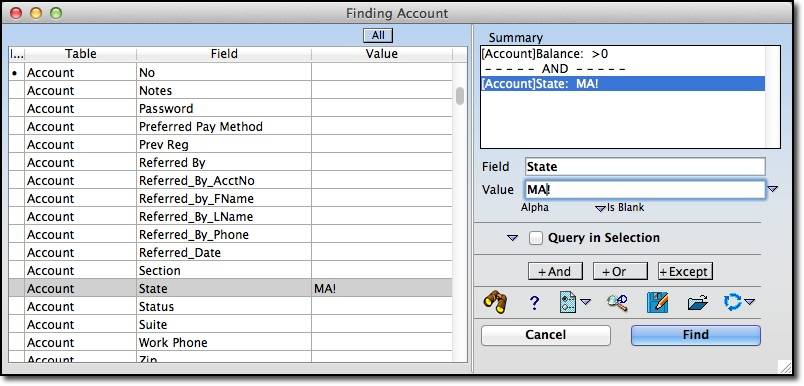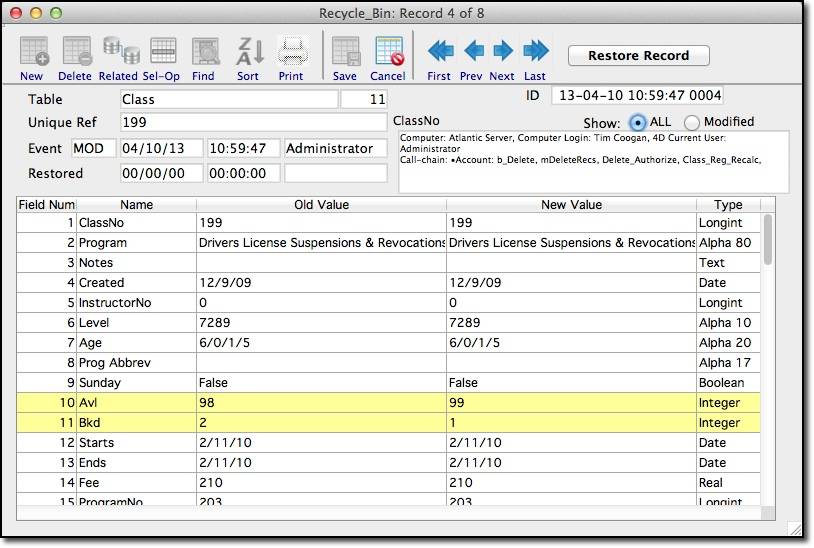- Integrated Email System – used to send out hundreds of emails automatically, i.e., used to automatically send out monthly invoices. Each client receives an email with an attached PDF of the monthly invoice.
- Works on PC & Mac – if you have a mixed office of Macs and PCs every computer can access TimeManager.
- Credit/Debit Card Authorization – click the Visa icon and the system connects with KeyIC (www.keyic.com) and processes credit card transactions, creates a payment record, balances the client account and sends a credit card receipt by email to the client.
- Mobile Communications – TimeManager now can use smart phones and tablets (iPhone, iPad, Galaxy, etc.) that are connected over WiFi (short range radio signal) or cellular systems to display client records and slip and expense entry forms. This feature alone can account for a 5- 7% increase in annual revenue simply because time charges are captured when the timekeepers are out of the office and away from the office billing system.
- Remote Access – since TimeManager is a true client/server solution and not a simple file sharing application you are able to connect remotely from other locations to the server, i.e., partner’s home, on vacation so owner can check in to see what is happening at the firm or from other satellite locations. We have firms now with 6 satellite locations all connecting to a central server over the internet.
- Full Featured Query Engine – this is a search dialog that allows the user to perform any type of query. Since it is a code driven cross-relational query engine the user can do searches that were never anticipated by the programmer of the application. This is far superior to fixed pre- formatted search dialogs.
- Two Report Editors – the first is a traditional column type report editor which allow the user to create reports on their own. This means that a user can create literally hundreds of unique reports. The second report editor can create reports that are not in a column format but are in a page format. We provide 100 reports in this editor that the user can clone and further customize.
- Multi-level Password System – this is an advanced password system that makes use of user groups. If a user is not in a group then that user can only view the data and cannot make any changes. Thus, if Outside counsel is assigned 4 cases, said outside counsel can view only those 4 cases and not the firm’s entire case inventory.
- Multi-matter billing – TimeManager can prepare invoices for one distinct matter or in a consolidated manner it can detail mutiple-matters, each with a subtotal and then a grand total.
- Virtual Structure – the virtual structure permits the administrator of the system to change any field title or field name. This means that TimeManager can be configured to reflect the exact needs of any firm, i.e., litigation, insurance defense, real estate, collections, etc. It also means you are not constrained into organizing your firm the way the computer programmers thought a firm should be organized.
- Export & Import Editors – very valuable for selectively exporting data to other programs, for mailing houses, etc. Also, the import editor allow you to bring in purchased 3rd party mailing lists.
- Built in Word Processor – the purpose of the word processor is not to replace your copy of Microsoft Word but to allow you to click two buttons and output 100 custom printed letters to prospective claiments. Each letter is individually addressed and uses the prospect’s name within the body of the letter. You can do this most likely with your present program by first exporting the data and then doing a merge with Word but since this takes about 23 steps, which most people give up on around step 12, it is rarely done.
- Built in Chart Editor – this is useful for preparing many types charts such as showing contribution to gross revenues by legal specialty type, graphing payments by type, client demographics, proportion by case type, etc.
- Built in Label Editor – since this is a general purpose editor you can use any of the 20 labels that are included or you can create new ones for name tags, etc.
- Set Manager – the set manager is a utility generally found in very high end expensive SQL based database programs. The set manager allows you to save results of searches that you have performed, i.e., a set of all clients whose annual certification requirements are about to expire. These sets can be called back for further examination, for emailing, or through the use of the Set Manager dialog you can do set operations such as Union, Difference and Intersection. This is the type of numbers manipulation that we all did in high school math with intersecting circles. In the case above an intersection would show prospects are in need of recertification training.
- Conflict Checking – this feature finds all potential conflict by quering the database for people that the firm has had some dealings with in the past.
TimeManager Major Features


